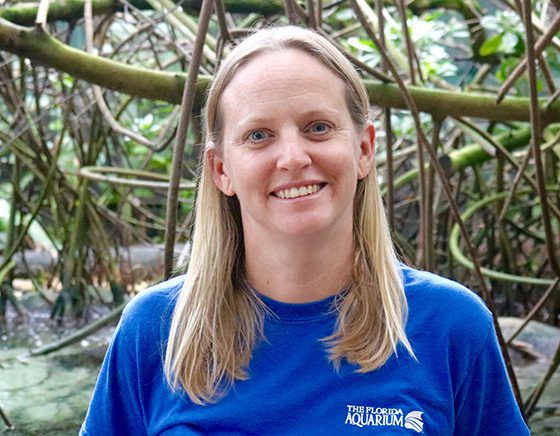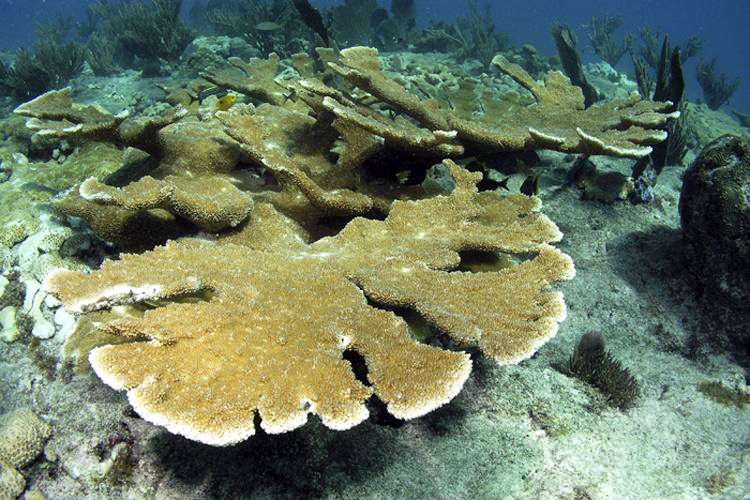Marine biologists in Florida have succeeded in achieving what many scientists had considered impossible – reproducing elkhorn coral in the laboratory. And they believe that the breakthrough could be key to saving threatened Caribbean reefs.
Once dominant in the Caribbean, along with staghorn and star corals, elkhorn has largely died off since it was hit by disease in the 1980s, but had always proved difficult to cultivate artificially. It now becomes the 14th coral species to be spawned in the laboratory at Florida Aquarium’s Centre for Conservation in Tampa – and is reckoned to be the most significant yet, according to CNN.
Senior coral scientist Keri O’Neil estimates that only about 300 elkhorn corals remain in the Florida Keys Reef Tract, part of the mainland USA’s only living barrier reef, but the spawning experiment she led has now produced thousands of baby elkhorn corals. As many as 100 of these are expected to survive to maturity, a process that takes 3-5 years.

Elkhorn typically flourishes at depths of less than 6m, which makes it a vital component of barrier reefs as well as an important habitat for other marine life. It is also one of the fastest-growing coral species, with branches extending as much as 12cm a year.
Listed as Threatened under the US Endangered Species Act in 2006, the species has a low reproductive rate and hence genetic diversity, making it particularly susceptible to disease. Accelerating global climate change is making the situation worse.
Describing the breakthrough as “buying time”, the scientists plan to replant the lab-grown corals in the Florida Keys National Marine Sanctuary within the next few years, but say that further research is urgently needed.
They hope that those lab-developed corals selected for restoration can be more resistant not only to warmer water temperatures, bleaching and disease but more capable of withstanding intense wave pressures. “There is hope for coral reefs,” O'Neil told CNN. “Don’t give up hope – it’s all not lost.”
The experiments are supported by the National Oceanic & Atmospheric Administration (NOAA) and the National Fish & Wildlife Foundation.
Also on Divernet: 10 Ways Tech Is Rescuing Coral, Coral Farmers Reshaping The Future, The Simple Life,


Visiting the Dominican Republic on the Caribbean side… I went snorkeling just off the shore and found these attached to the artifical donuts they plant there to create a barrier for the coast. The cement donuts have created an beautiful line of artificial reefs which is teeming with life… I spotted two Elkhorn coral heads within the space of 10 metres.